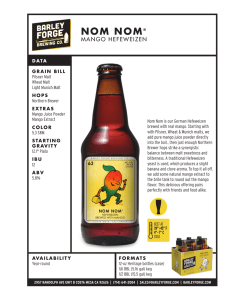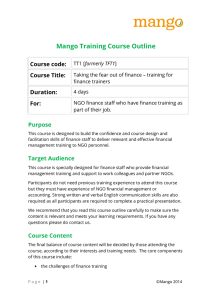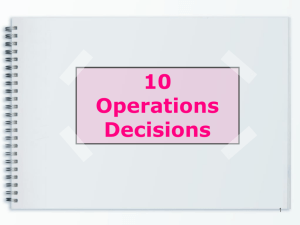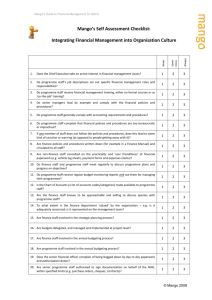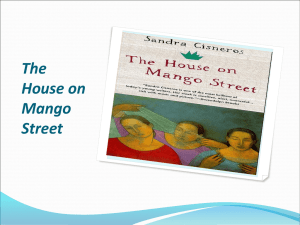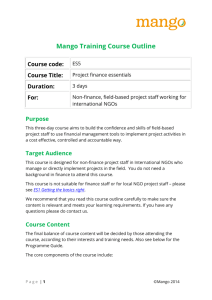Indian Food Supply Chains
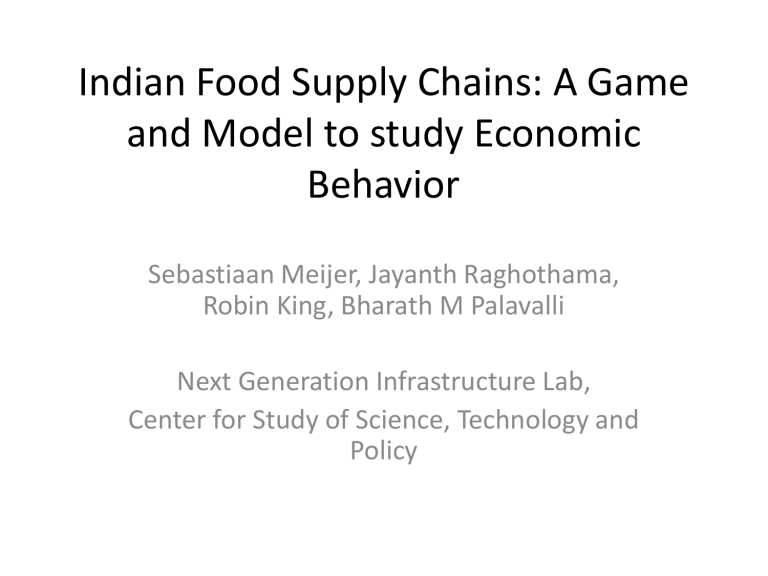
Indian Food Supply Chains: A Game and Model to study Economic
Behavior
Sebastiaan Meijer, Jayanth Raghothama,
Robin King, Bharath M Palavalli
Next Generation Infrastructure Lab,
Center for Study of Science, Technology and
Policy
Agenda
• Model of semi-perishable food chains, based on real data
• Initial validations and applications
• Discussion of applicability of such methods in the context of developing countries
Indian Agriculture & Horticulture
• 60% of India’s population subsist on agriculture
• Less than 15% of India’s income
• 20% price inflation on Agricultural products during the past year
• Inflation despite buffer stocks and exports and growing production
• India accounts for 11% of world production in vegetables, and 15% of fruits
• Total production volumes of around 230 Million Tonnes
• India accounts for only 2% of global exports
• Only 2% produce processed
• Nearly 30% wasted ~ 60 Million tonnes
Data Sources: World Bank; Ministry of Agriculture, Government of India
Mango: An Example
• India accounts for 40% of world production,
25% of exports
• Over 300 varieties of Mangos grown; differentiated by price, use, location and quality (and taste)
• Prices range from Rs 8/kg to Rs 300
Mango: An Example
• Investigate the questions of waste, power structures and inefficiencies in the supply chain using Mango as an example
• Surveys in “mandis” (markets) around Bangalore, in Karnataka, interviews with farmers and other stakeholders
• Mapping of supply chain, and data collection to feed into an agent based model, and later a game
• Model based on surveys and supply/demand data sourced from Govt. of India
Problems within the supply chain
• APMC (Agricultural Produce Marketing
Committee) Act: Mandates a government licensed intermediary through whom products have to be sold
• Created a layer of Middle-men
• Middle men provide services in a bundle to farmers ahead of harvest, creating lock-in and skewed power structures
• High logistical and intermediary costs, credit constraints, inadequate infrastructures, incomplete information etc.
Mango Mandi Gaming Simulation
Agent Model can run independent of the game.
Players in the game compete and negotiate with software agents.
Attributes
• Agents located in five cities, four cities who produce and one who only consumes mangos
• Game lasts for 45 days, in compressed time
• Inventory every day to all agents based on supply/demand data
• Mangos: Ripeness, type, price
• All attributes updated every day
Agent Preferences
Agent Type
Dealer
Exporter
Mango
Attributes
(ordered, weighted)
1. Ripeness
2. Type
3. Price
1. Type
2. Price
Small Vendor 1. Type
2. Price
3. Ripeness
Super Market 1. Type
2. Ripeness
3. Price
Farmer
Scrooge Factor
(greed, 0 to 1)
Very High
Moderate
History
(preference for previous agents, 0 to 1)
Very High
Transport Type
High
Equal preference for all types
None
Very Low
Moderate to
High
Very Low
Low
Low
Moderate to
High
None
None
Cheapest option preferred.
Validation
• Game is a work in progress
• Structure of the underlying ABM based on primary data collected in “mandis” around
Bangalore
• Processes used by agents derived from interviews and various government regulations
• Varied supply chain structures mean it can be validated only within a particular context
Applications
• Institutional economics experiments: to determine factors that drive actions in the supply chain
• Agent-human interaction: study of how effectively agents can interact with human players and vice-versa
• Understand actor behavior to better design interventions in the supply chain
Applicability
• Severe lack of data
• Data when available is not disaggregated, or consistent
• Context too varied to arrive at a generalized problem definition and structure
• Can you “translate” a model from one context to another?
Acknowledgements: Jamsetji Tata Trust, India and Next Generation Infrastructures
Foundation, The Netherlands
Thank you

